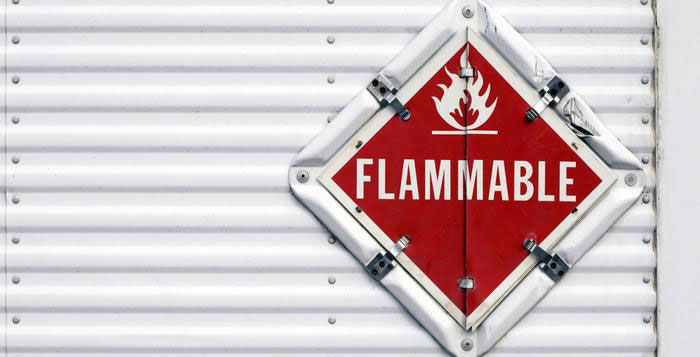Under British law, all businesses are required to complete workplace fire risk assessments on a regular basis. Based on the findings of the assessment, a fire safety plan can then be put in place to protect both the building and its occupants.
Of the many points covered under a fire risk assessment, one of the most important is identifying the various ways in which a fire may start.
Businesses which either create or store hazardous substances are obviously at a higher risk of being affected by fire. When thinking of substances which are highly susceptible to fire, the obvious ones which immediately spring to mind are the likes of petrol, paint thinners, welding gases and flammable chemicals.
However, there are many other less obvious items which can be equally as dangerous. These include various types of packing material, grease, engine oil and dust from wood, sugar and flour.


